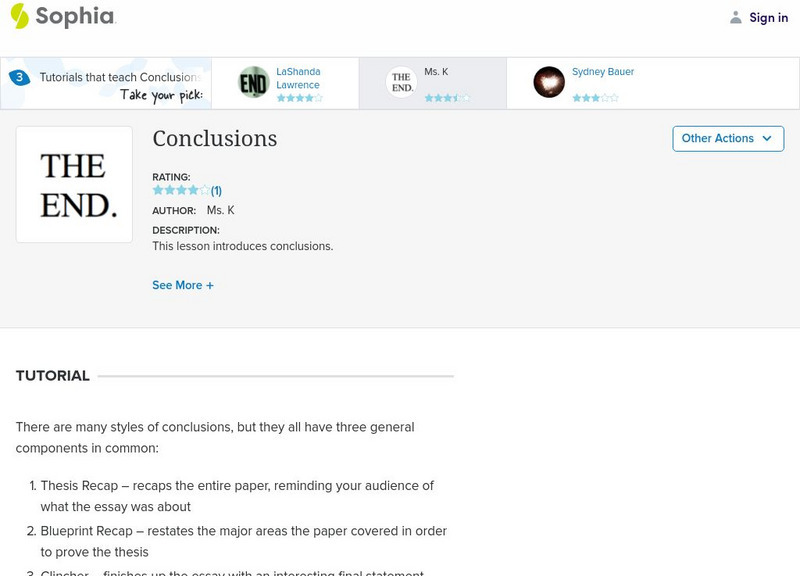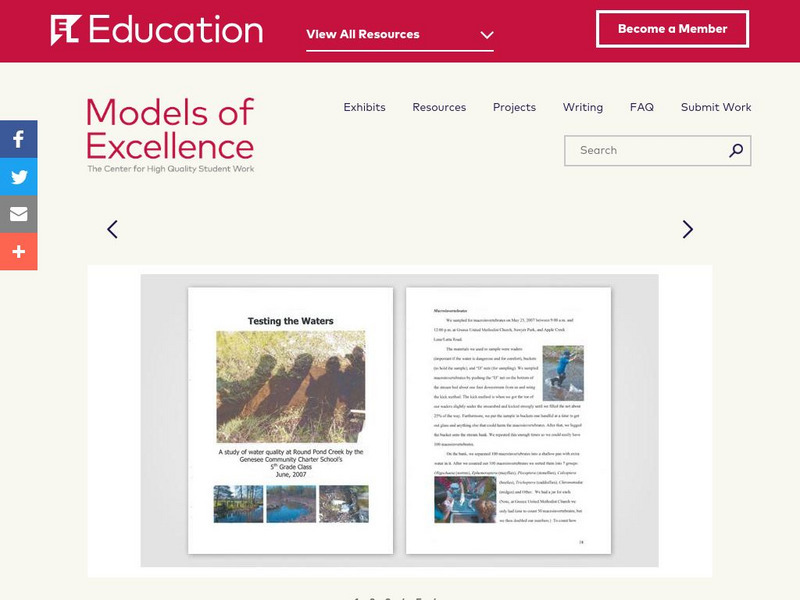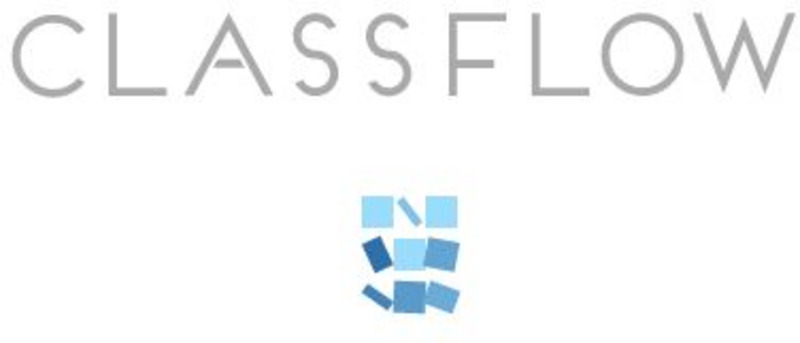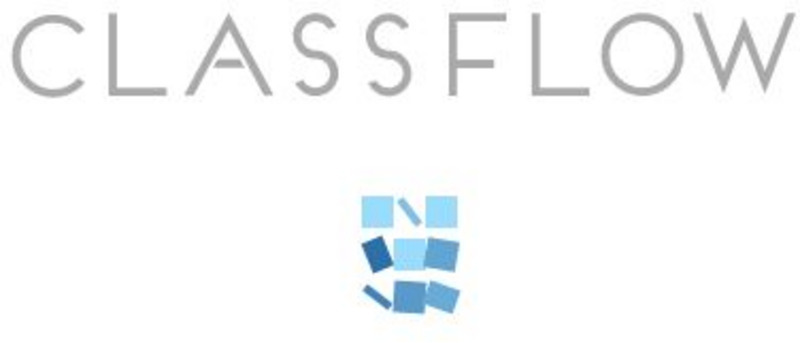Leaf Group
Classroom: How to Write Narrative Conclusions
This article focuses on how to write conclusions for narratives by sharing a takeaway message, a lesson or a reflection -- a new discovery of meaning in life -- for your reader. W.9-10.3e Conclusion, W.11-12.3e Narrative Conclusion
E Reading Worksheets
E Reading Worksheets: Writing Narrative Essays
This article provides the components of narrative writing. The author emphasizes ways to make narrative writing better. W.9-10.3e Conclusion
CK-12 Foundation
Ck 12: 2.1: Narrative Essay
[Free Registration/Login may be required to access all resource tools.] Learn to write a narrative essay by identifying the differences between descriptive and narrative essays, knowing the difference between autobiographical and...
Other
Re:fiction: Making Ends Meet: How to Write a Good Ending to a Story
This article from Re:Fiction magazine offers tips on different ways to end a piece of narrative writing.
Alabama Learning Exchange
Alex: Narrative Writing: The Autobiographical Incident
After organizing their thoughts using a graphic organizer, students write a narrative essay which relates an autobiographical incident. Students present their essays in a slideshow which allows their classmates to practice predicting an...
PBS
Pbs Learning Media: What a Pest
Students are asked to identify issues related to integrated pest management and how they affect the environment.
AdLit
Ad lit.org: Literacy Instruction in the Content Areas: The Core of Improvement
Every content area, from chemistry to history, has unique literacy demands: texts, knowledge, skills. But how are these critical literacies learned, let alone taught?
AdLit
Ad lit.org: Pre Reading Activities for El Ls
Pre-reading activities can engage student interest, activate prior knowledge, or pre-teach potentially difficult concepts and vocabulary. They also offer a great opportunity to introduce comprehension components such as cause and effect,...
University of Victoria (Canada)
The U Vic Writer's Guide: Writing Essays: The Length of the Introduction
This writing tutorial teaches you the proper length of an introductory paragraph.
Other
Guide to Writing a Basic Essay: Write the Introduction
How to create a memorable introduction. This good advice can be applied to writing essays, speeches, anecdotes, and more.
Other
Gallaudet University: English Works: Guide to Different Types of Essays
English Works site has suggestions on how to write an essay to convey helpful information. This site offers examples of eight different types of essays and graphic organizers.
ReadWriteThink
Read Write Think: Cosmic Oranges
Contains plans for four 45-minute lessons that ask learners to use their senses and focus their attention while writing descriptively and observing scientifically. In addition to objectives and standards, this instructional plan contains...
Quia
Quia: Making Inferences, Summaries, and Conclusions
Read a short text and then choose the correct inference, summary, or conclusion in this Rags to Riches style game.
University of Victoria (Canada)
The U Vic Writer's Guide: Writing Essays: Introductions
This site provides a brief overview of introductions, exploring what they are supposed to mean for an essay in writing.
Houghton Mifflin Harcourt
Holt, Rinehart and Winston: Elements of Literature: Determining Methods of Characterization [Pdf]
A brief organizer in which students can document how a character in literature is presented, through either direct or indirect characterization. Provides labels, examples, and sections for textual support.
Sophia Learning
Sophia: Conclusions: Lesson 3
This lesson introduces conclusions. It is 3 of 5 in the series titled "Conclusions."
EL Education
El Education: Testing the Waters
Students tested water at several sites in a local creek and write a scientific paper showing their testing and results. Scientific papers include an abstract, introduction, methods, results, and discussion including recommendations...
TES Global
Blendspace: The Writing Process: Drafting
An eight-part learning module with websites, videos, and texts about the drafting phase of the writing process.
ClassFlow
Class Flow: Paragraph Types
[Free Registration/Login Required] This flipchart describes the four types of paragraphs, their purpose, audience, and organizing structure. Assessment questions are included.
ClassFlow
Class Flow: Spelling and Writing
[Free Registration/Login Required] Students proofread and correct mistakes in a writing piece, and then apply the writing process to create a tall tale story. Additionally, this lesson helps students understand the purposes and elements...
ClassFlow
Class Flow: The Writing Process
[Free Registration/Login Required] This flipchart presents a lesson on the writing process. Students are taken through the process step-by-step as they compose a short story.
ClassFlow
Class Flow: Writing an Introduction and Conclusion
[Free Registration/Login Required] Using this flipchart, students will learn how to piece together an introduction and a conclusion for expository writing.
ClassFlow
Class Flow: Writing Review
[Free Registration/Login Required] In this flipchart students will interactively review the following areas of writing: parts of a paragraph; unity, coherence, and elaboration; and the 4 types of writing.
ClassFlow
Class Flow: Graphic Organizer Map Cause and Effect
[Free Registration/Login Required] This graphic organizer flipchart uses the fishbone technique to map cause and effect. It is useful for helping students understand and analyze reading passages, historical events, and scientific...
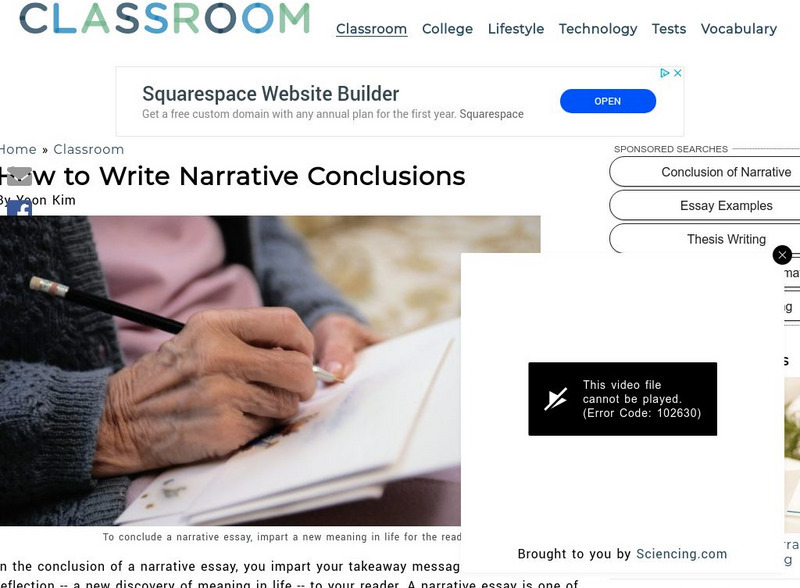




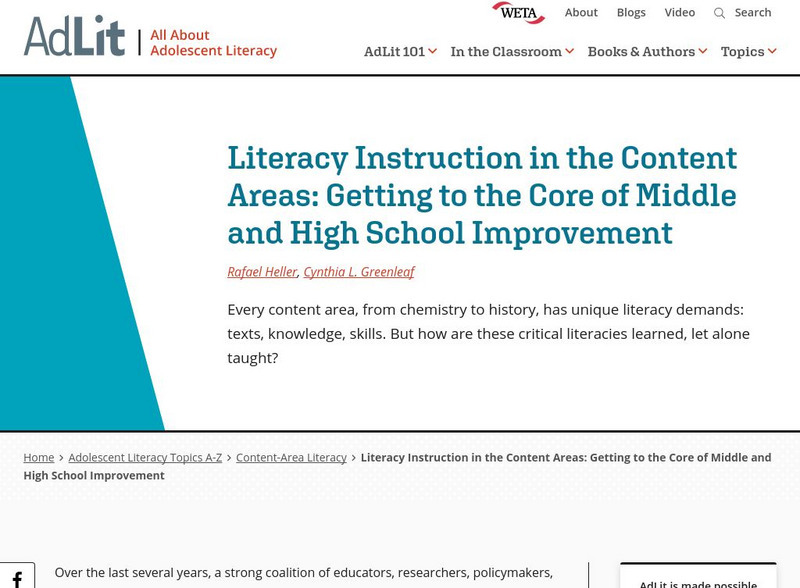
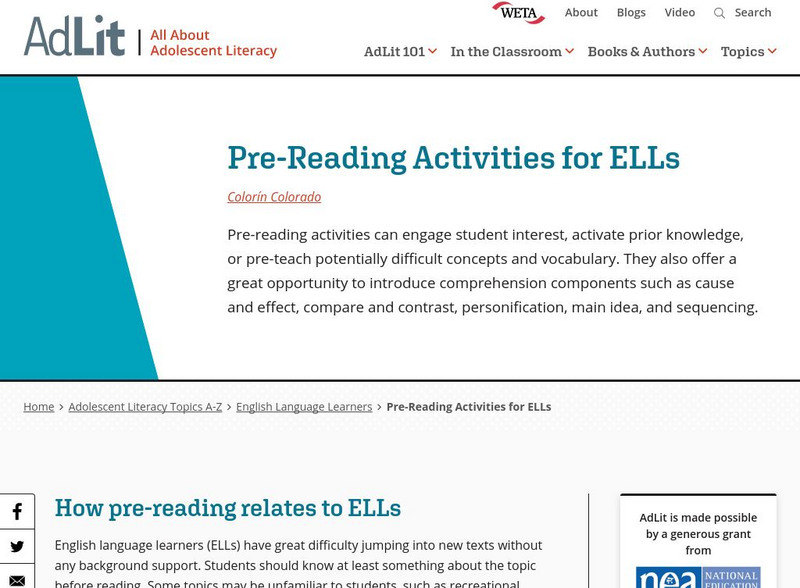

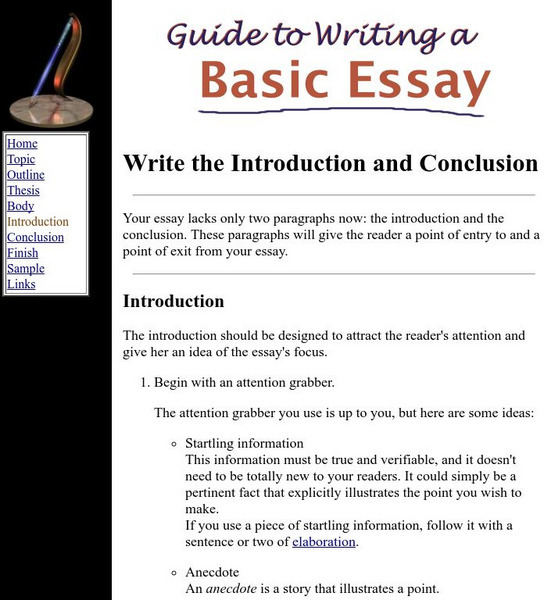
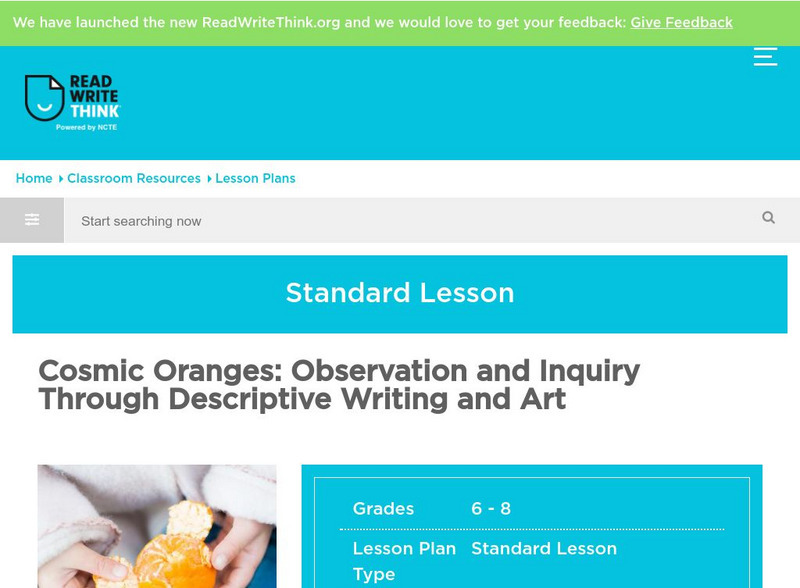
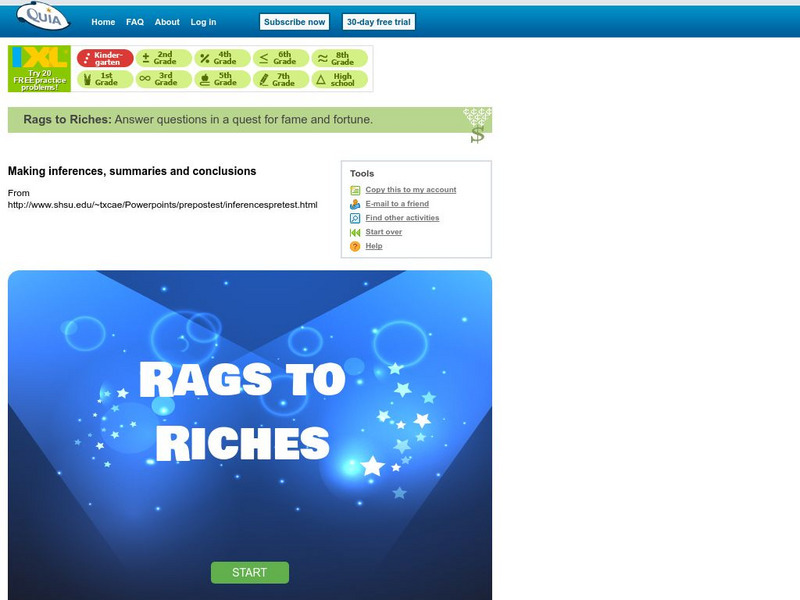

![Holt, Rinehart and Winston: Elements of Literature: Determining Methods of Characterization [Pdf] Graphic Holt, Rinehart and Winston: Elements of Literature: Determining Methods of Characterization [Pdf] Graphic](http://lessonplanet.com/content/resources/thumbnails/410109/large/bwluav9tywdpy2symdiwmduymc0ymjy4mc0xz3pvamf3lmpwzw.jpg?1589985471)
